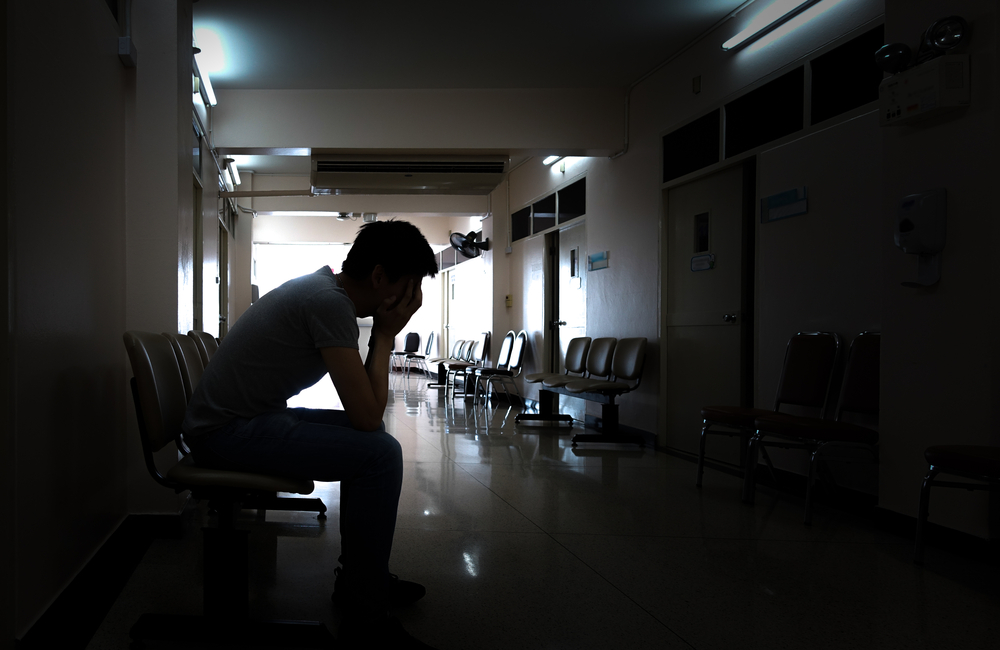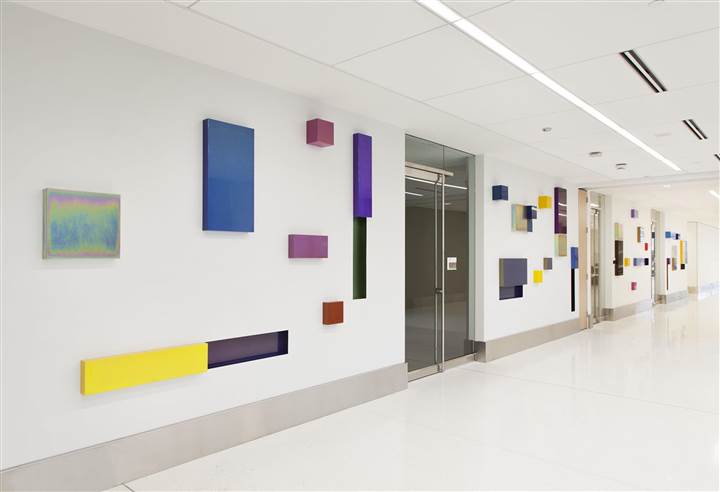Art in healthcare facilities reduces pain, stress, and anxiety in patients
Share
Art. In the modern age of science and technology, sometimes this craft has been taken for granted. People assume this medium only provides entertainment and solitude for the creatives. However, studies show that placing art in their hospital has helped to improve patient well-being, decrease hospital stays and reduce anxiety, depression, and pain.
This include mixed media installations in public spaces such as atrium, digital artwork in examination rooms, animal-based murals in children’s departments, and a multi-coloured, on-site cinema.
Hospital and Negative Emotions

At some point in our lives, we are going to all find ourselves within healthcare. Visiting these spaces can make us feel stressed, worried, or perhaps depressed. whether or not we’re not those being treated. Both patients and visitors can experience a surge of negative feelings and emotions spending time during a hospital, aged care homes, or hospice. This fact has been confirmed by an outsized number of studies.
It is widely acknowledged that the strain caused by admission to the hospital has the potential to hinder patient recovery, and in extreme cases can cause lasting psychological problems. The drastic rise of hospitalisation and subsequent treatments conjure a period of severe anxiety for patients and their families.
How does art help with all of this?
Art and Reducing Anxiety
 However, there is already an evidenced method of addressing and preventing this stress.
However, there is already an evidenced method of addressing and preventing this stress.
Visual arts interventions have been shown to offer a number of benefits via many studies. These benefits have included:
- decreasing negative emotions
- increasing positive ones in patients with breast cancer
- reducing levels of depression in hemodialysis patients
- reducing stress and anxiety for cancer patients
- reducing stress, fatigue and increasing healing for trauma patients.
Additionally, the 2003 study by Dr Rosalia Staricoff found that incorporating visual art into the care environment was highly effective in diminishing levels of depression in Medical Day Unit patients. And it significantly lowered levels of tension and depression for Day Surgery patients, in comparison to those that were prepared for surgery within the absence of visual art.
Integrating Art in Healthcare

The same study from Dr. Staricof discovered that integration of the humanities into healthcare contributed to a positive working environment, with potential to spice up staff morale and increase in staff retention. Medical facilities shouldn’t just be stuffed with white walls, tools, or empty spaces. Place paintings, build beautiful gardens, play music. the advantages of implementing art in healthcare facilities isn’t costly but have tremendous benefits.
Sources:
- https://www.artforhospitals.org/2015/05/the-healing-power-of-art-can-hospital-collections-help/
- https://www.vice.com/en_us/article/aeqkke/dan-colen-childrens-hospital-confetti-paintings












